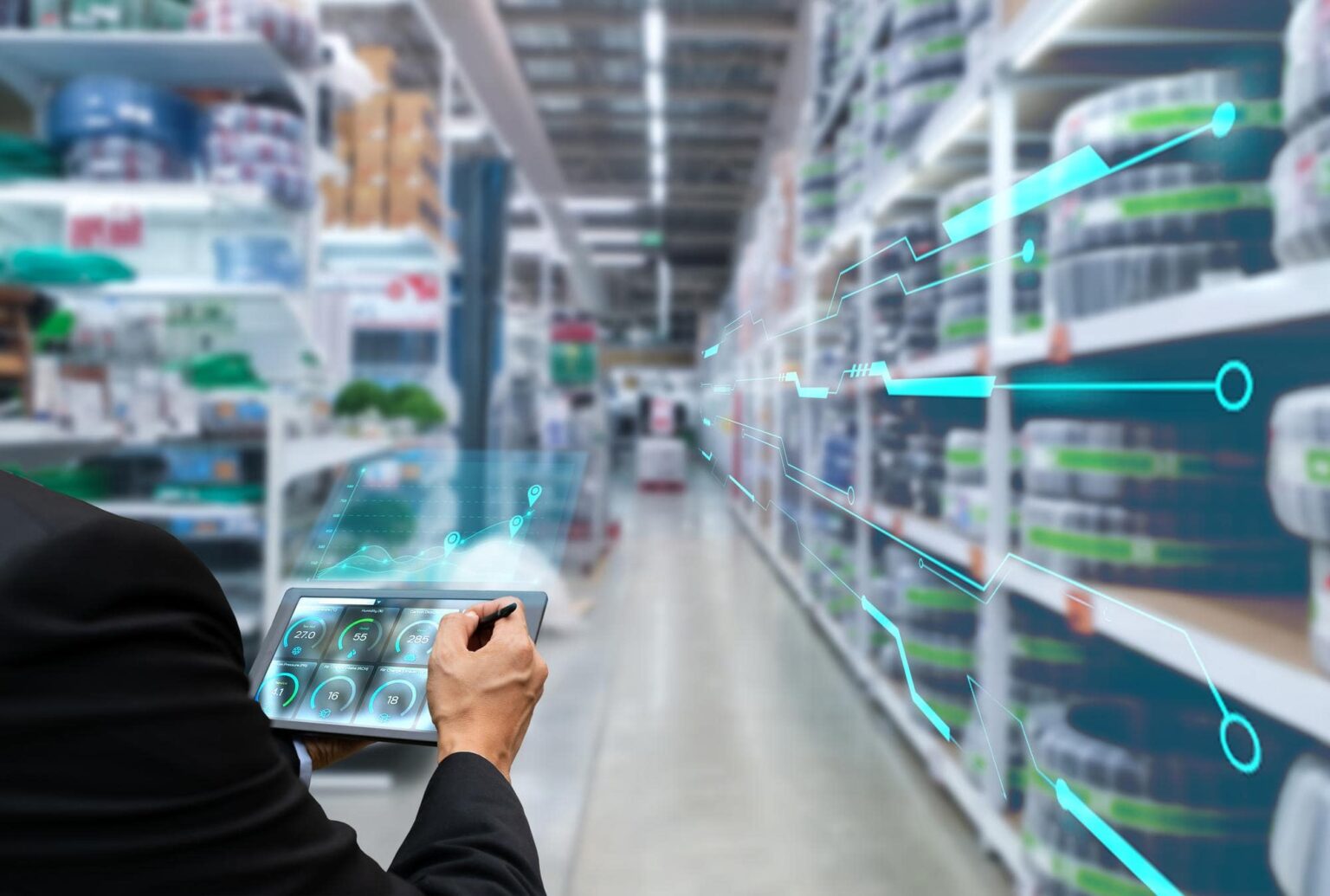IoT (Internet of Things) technology is reshaping the retail industry by enabling personalized customer experiences and optimizing supply chain operations. By connecting physical objects and devices to the internet, IoT is revolutionizing how retailers engage with customers, manage inventory, and enhance operational efficiency. Here are some key areas where IoT is transforming the retail sector:
Personalized Customer Experiences: IoT enables retailers to collect real-time data on customer behavior, preferences, and interactions. This data can be used to personalize the shopping experience, offer targeted promotions, and deliver tailored recommendations. For example, beacons and sensors can track customer movement within a store, triggering personalized offers or notifications on their mobile devices. This enhances customer engagement and satisfaction.
Smart Shelf Management: IoT sensors and RFID (Radio Frequency Identification) tags can be used to monitor and manage inventory on store shelves. These technologies enable real-time tracking of product availability, shelf replenishment, and inventory optimization. Retailers can receive automated alerts when stock levels are low, ensuring shelves are adequately stocked, reducing out-of-stock situations, and improving overall supply chain efficiency.
Supply Chain Optimization: IoT plays a crucial role in optimizing the supply chain, from warehouse operations to last-mile delivery. Connected devices, such as RFID tags, GPS trackers, and temperature sensors, provide real-time visibility into inventory, shipments, and logistics operations. Retailers can track and monitor the movement of goods, identify bottlenecks, optimize routes, and improve delivery accuracy and efficiency.
Smart Vending Machines: IoT enables smart vending machines that offer a more interactive and personalized experience. These machines can be equipped with touch screens, cameras, and sensors to provide real-time inventory information, suggest personalized product recommendations, and enable cashless transactions. Retailers can remotely monitor machine performance, track inventory levels, and optimize product offerings based on customer preferences and purchasing patterns.
Product Tracking: IoT technologies such as RFID and GPS tracking enable end-to-end visibility and traceability of products throughout the supply chain. Retailers can track the movement of goods from manufacturers to warehouses, distribution centers, and ultimately to the customer. This improves inventory management, reduces loss and theft, and enhances product recall capabilities.
Smart Checkout and Payments: IoT facilitates frictionless checkout experiences and streamlined payment processes. Connected devices, such as self-checkout kiosks and mobile payment solutions, enable customers to make purchases conveniently and securely. IoT-powered payment systems can integrate with loyalty programs, offer personalized discounts, and provide seamless payment options across various channels.
Energy Management: IoT technologies help retailers optimize energy consumption and reduce operational costs. Smart lighting systems, HVAC (heating, ventilation, and air conditioning) controls, and occupancy sensors can be connected to a central management system that adjusts settings based on real-time data, occupancy patterns, and environmental conditions. This leads to energy savings and a more sustainable retail environment.
Predictive Analytics and Demand Forecasting: IoT data, combined with advanced analytics and machine learning algorithms, enables retailers to predict customer demand, optimize inventory levels, and improve demand forecasting accuracy. By analyzing data from IoT devices, retailers can identify trends, anticipate consumer preferences, and make data-driven decisions to optimize product assortment and availability.
The adoption of IoT in retail offers numerous opportunities to enhance customer experiences, optimize supply chain operations, and improve overall business efficiency. However, retailers need to address data security and privacy concerns, invest in robust infrastructure, and ensure seamless integration of IoT devices and systems to realize the full potential of IoT in the retail sector.



